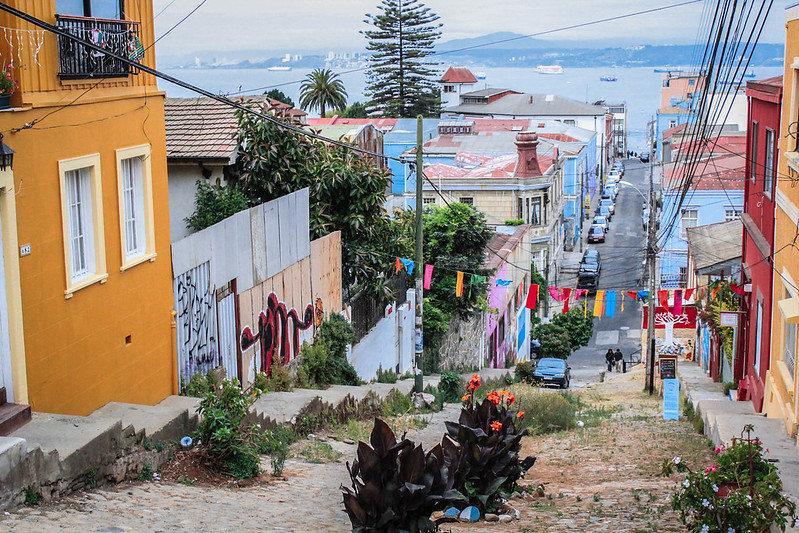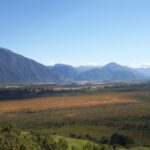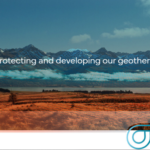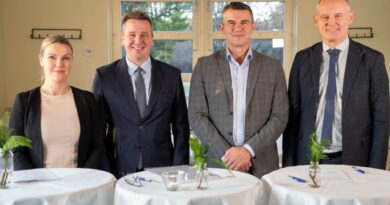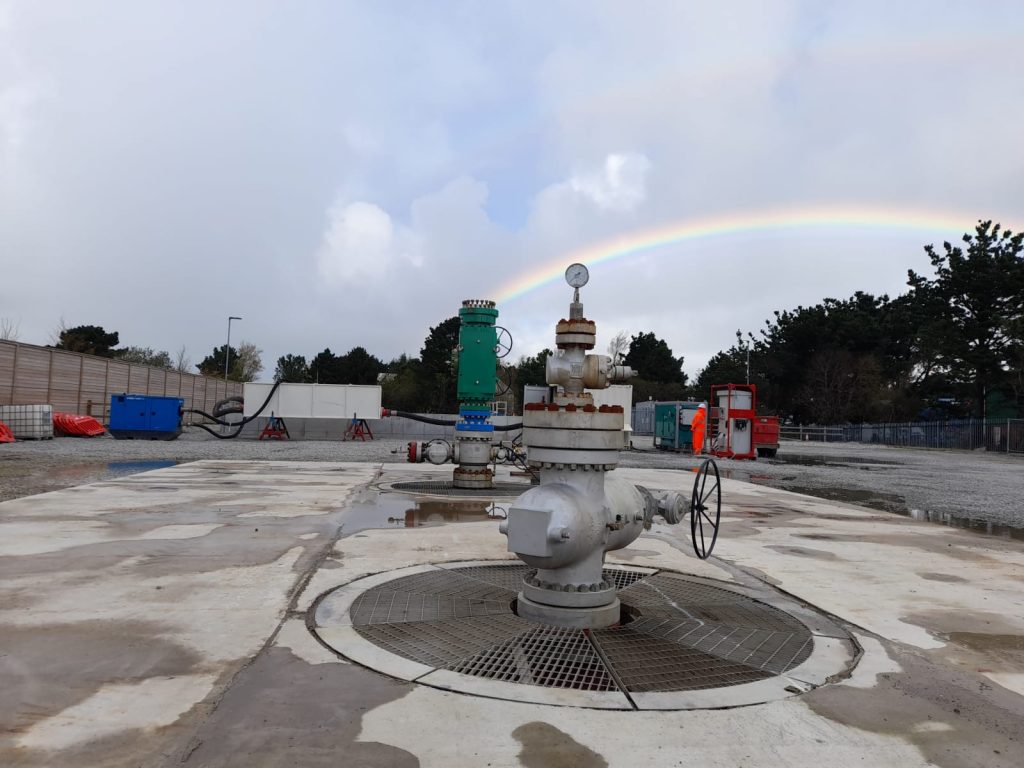CEGA research supporting low-temperature geothermal use in Chile
Energy Disrupter
Through research and community work, CEGA has been supporting the use of low-temperature geothermal resources in Chile for heating and air conditioning.
Through the work being done by the Center of Excellence in Geothermal Energy of the Andes (CEGA) at the University of Chile, the use of low-temperature geothermal resources for heating and air conditioning is poised to be a viable alternative in Chile.
CEGA has been working with different communities and regional governments to harness the potential of low-temperature geothermal resources. Pablo Valdenegro, one of the researchers at CEGA, explains that these systems work through heat pumps connected to the ground through hoses.
“What they do is take advantage of a thermal base provided by the soil and, through another process, which is a cooling process, they achieve a much greater amount of heat than what the soil has available ”, explains Valdenegro. This system is able to provide both heating or cooling at a much lower energy cost than conventional heating or air conditioning.
Valdenegro further explains the efficiency advantage of a geothermal heating system: “If I want to heat a space with an electric heater, that heater takes one watt from the electrical network and transforms it into one watt of heat. This geothermal equipment takes one watt from the network to work and transforms it into four heat units.”
A major hurdle in the adoption of this technology is the high costs associated with its deployment. To address this, CEGA has been carrying out dialogues with regional governments and communities to finance geothermal air conditioning projects.
“Based on the experience we have had, we can say that a much more open view has been developed, in a projective way, around geothermal energy. But, like all technology, it takes a few years, where technological capabilities, results are put to the test and, therefore, initiatives are always hard to insert,” said Patricio Alarcón, the CEGA researcher in charge of this work.
The northern territories have been particularly receptive of this initiative. “The last time we were in the field we were talking with the people of the Municipality of Sierra Gorda, and they told us that the air conditioning for them did not have a useful life of more than two years, even having all the maintenance that a system like this needs. The duration of one when it is operated with geothermal energy is ten years,” recounted Bárbara Bravo, the coordinator of CEGA’s northern projects.
In late 2022, CEGA published the “Practical guide to the use of shallow geothermal energy for air conditioning.” This document was the culmination of several years of experience of CEGA in such systems and a series of pilot projects. The full document (in Spanish) can be accessed here.
Source: University of Chile


